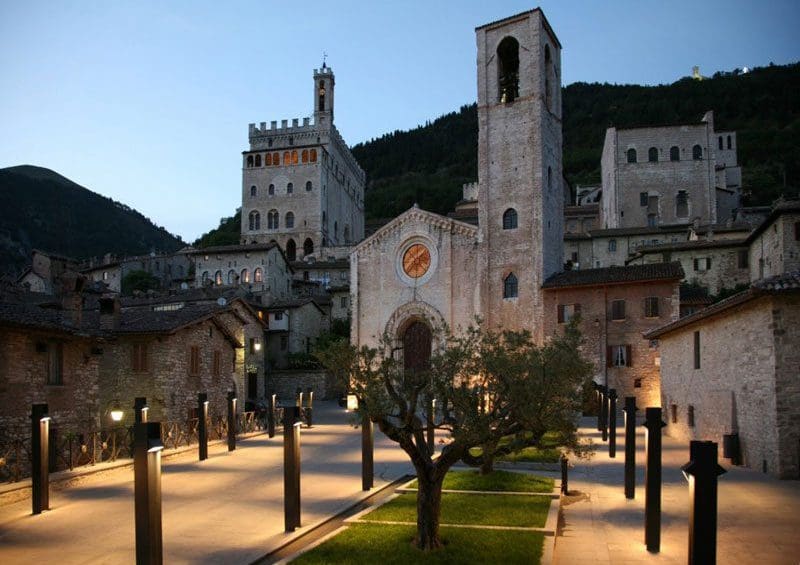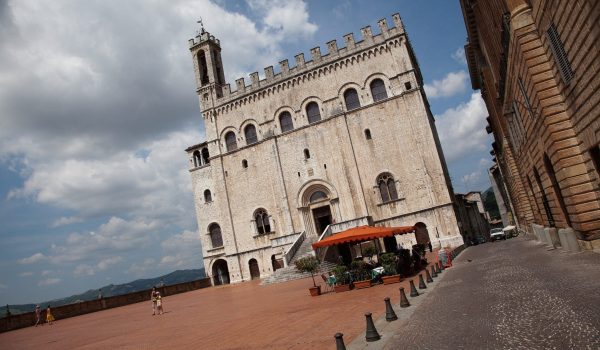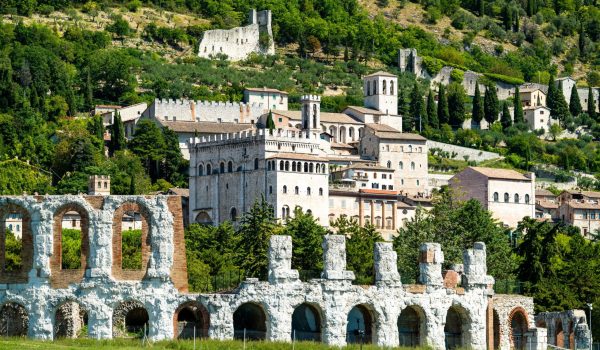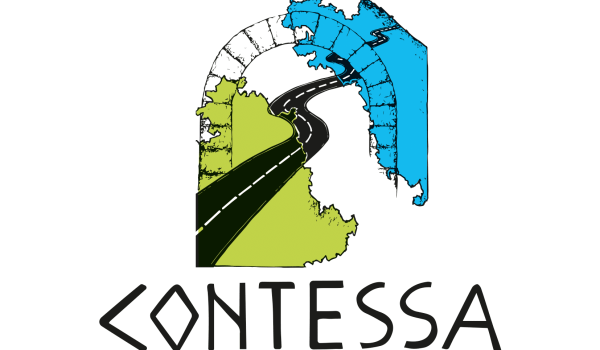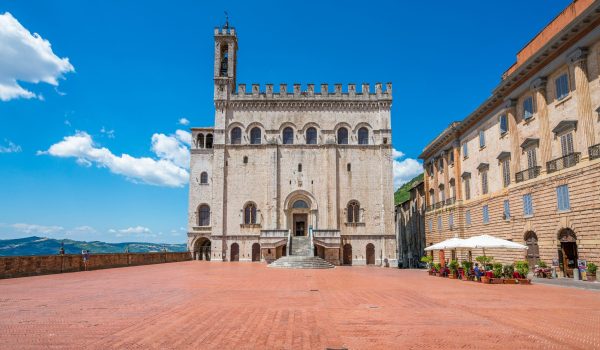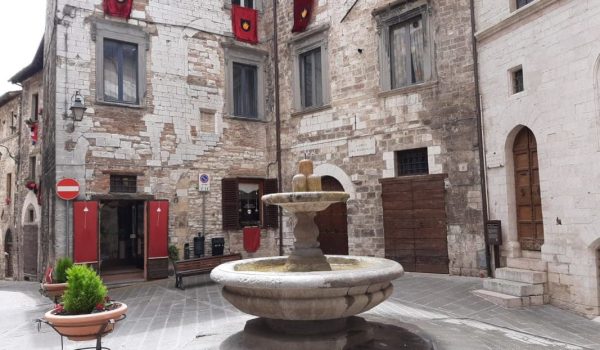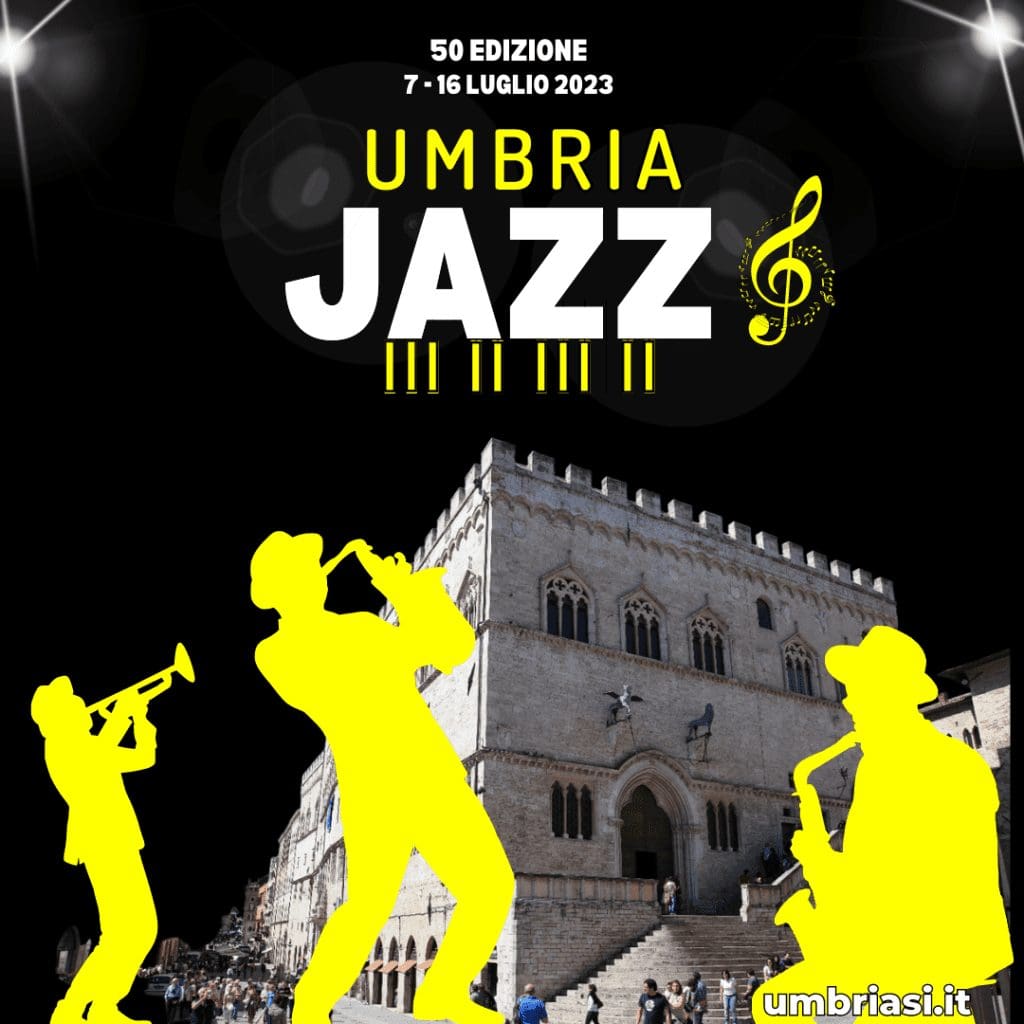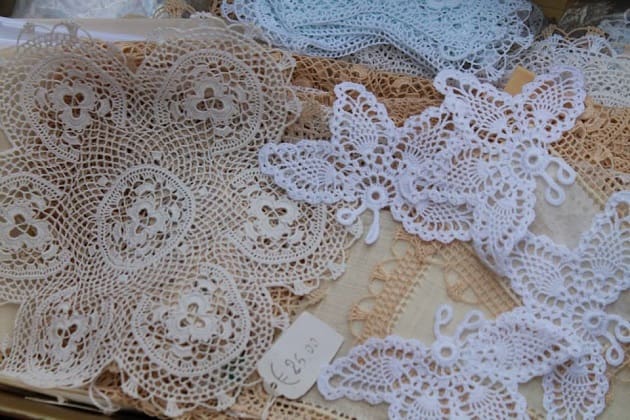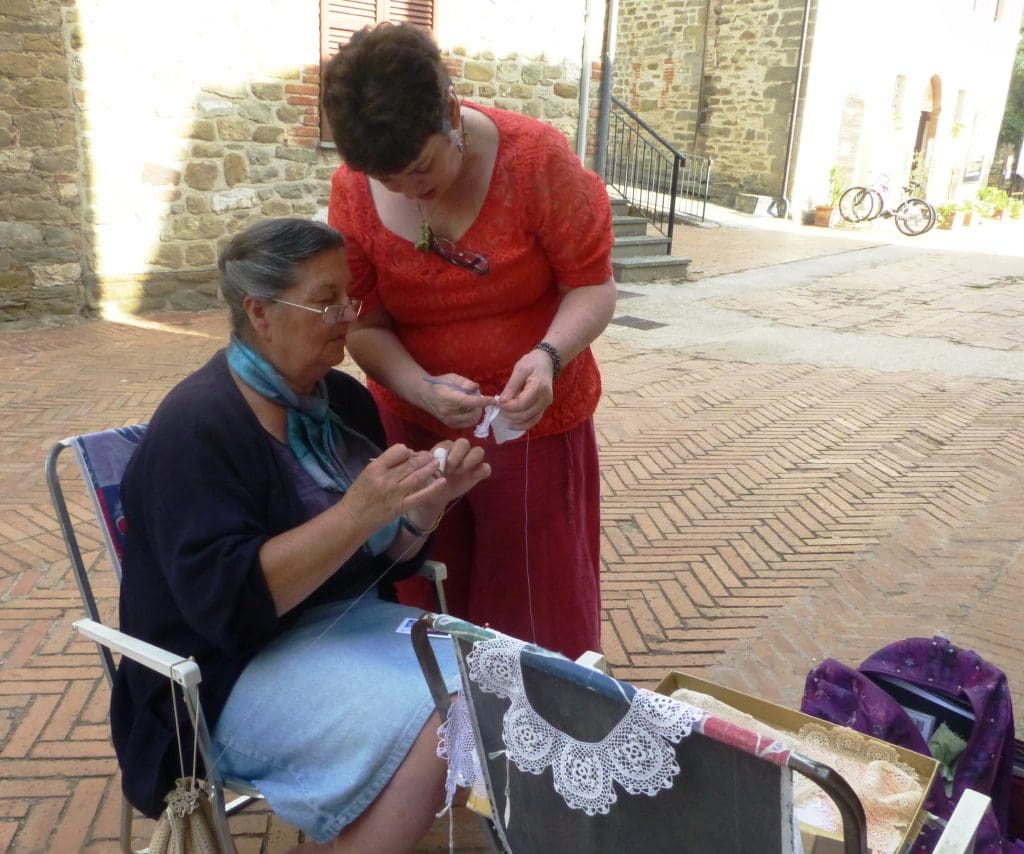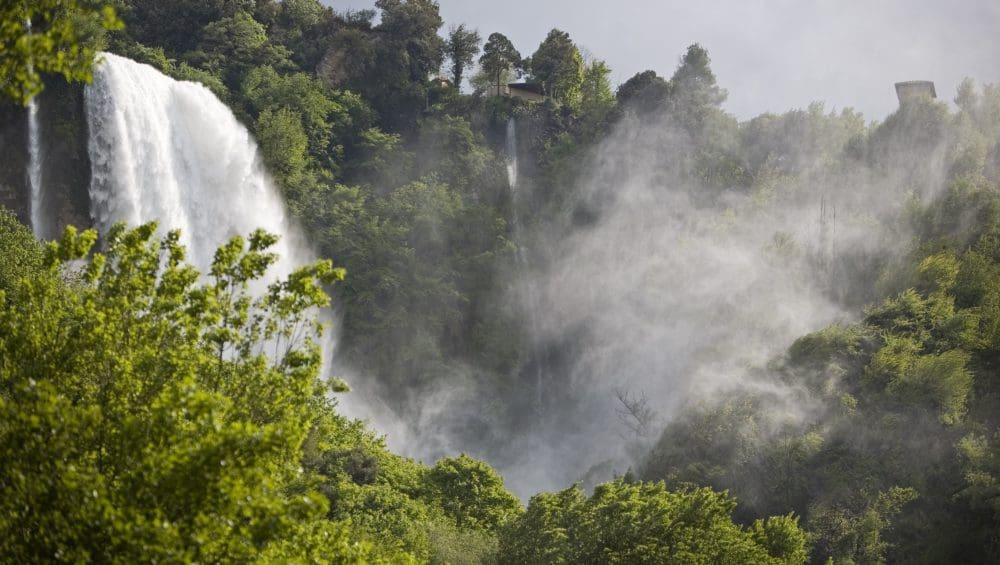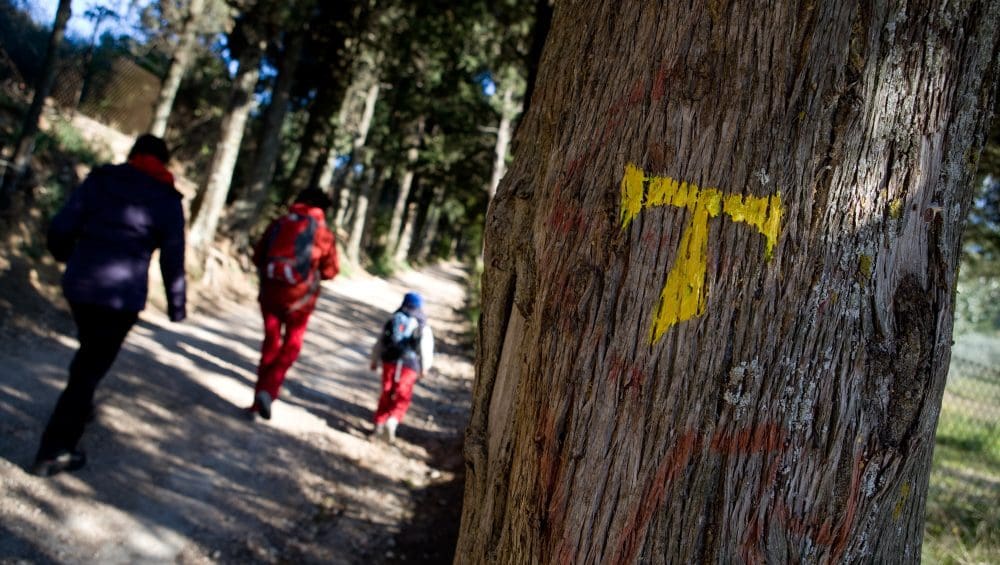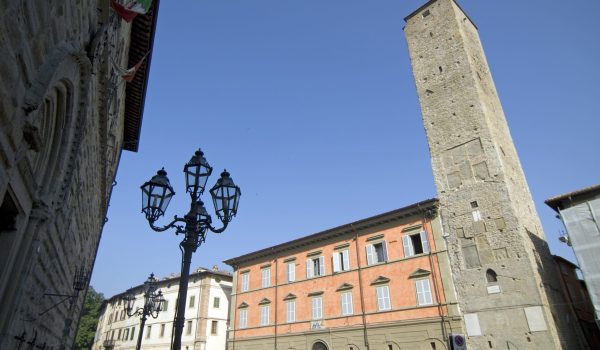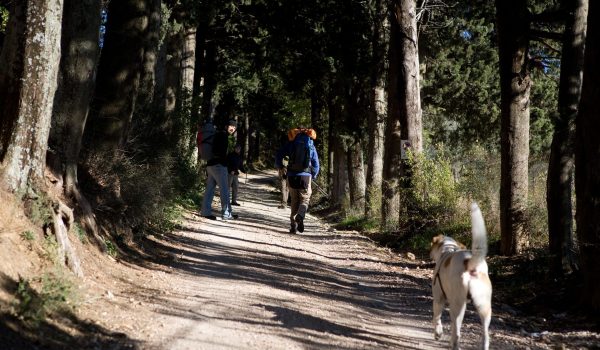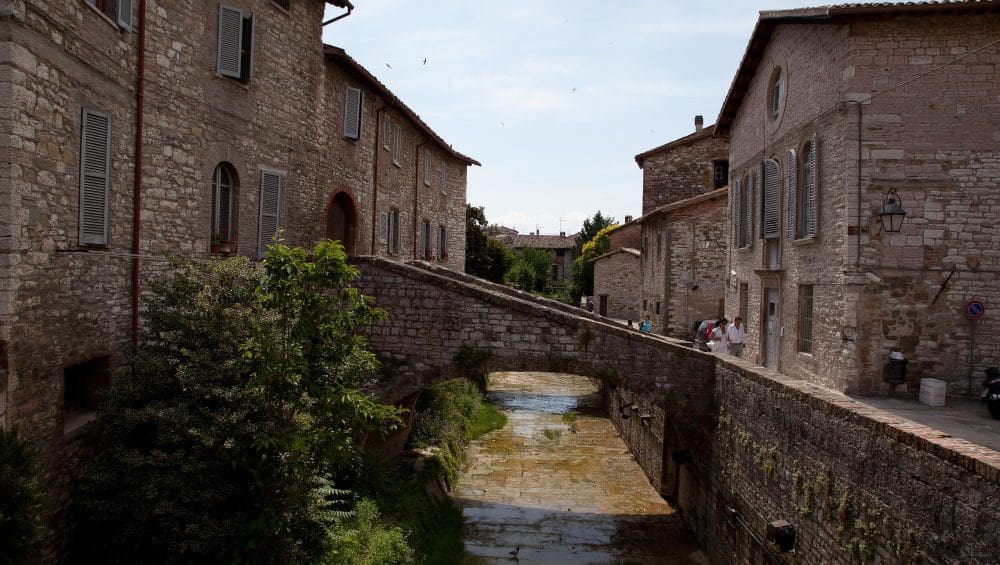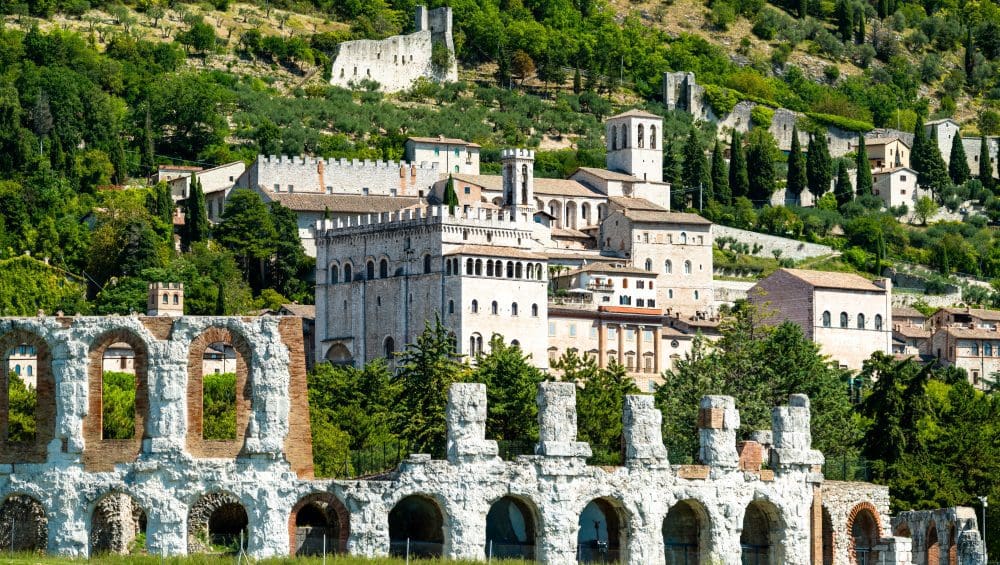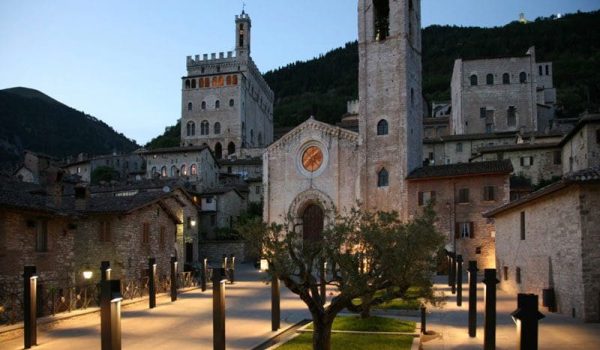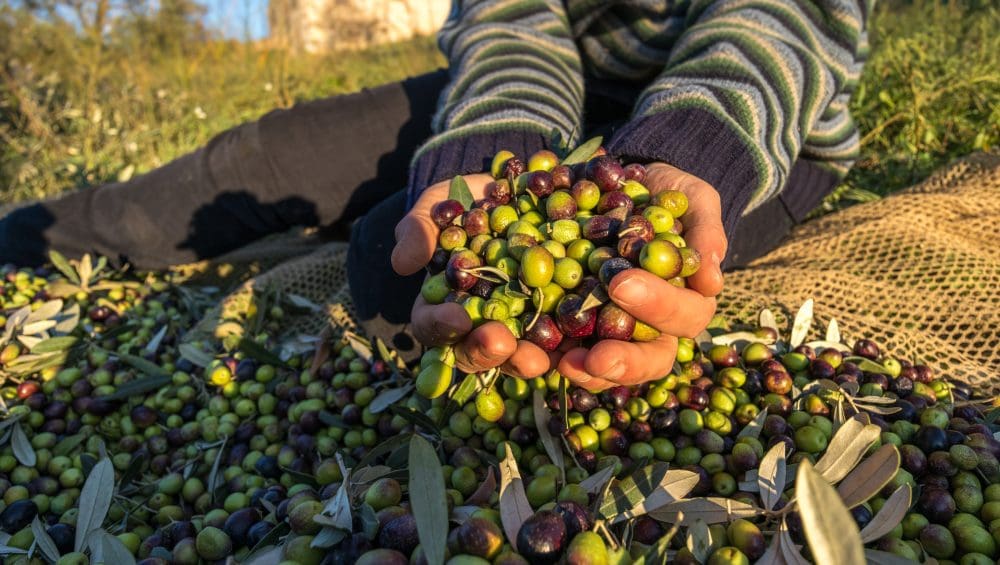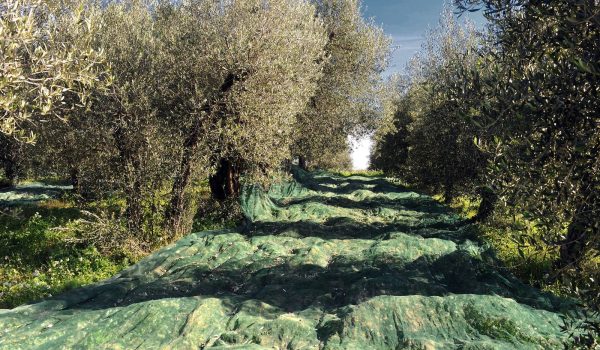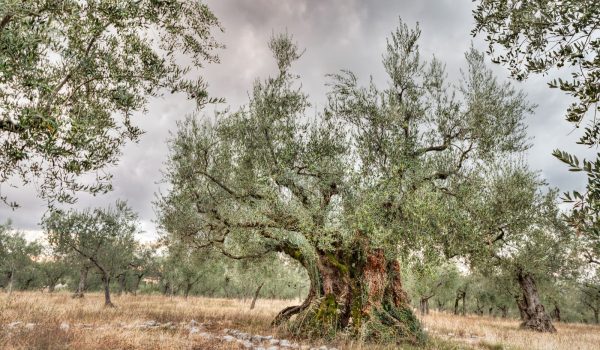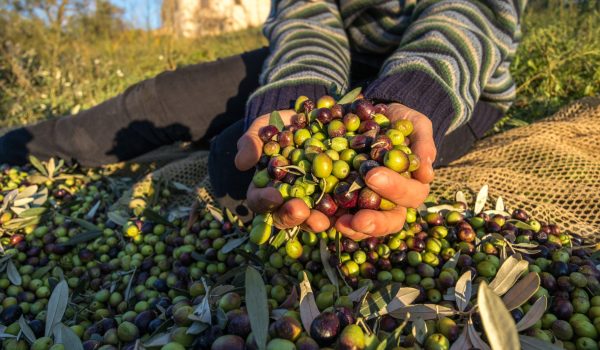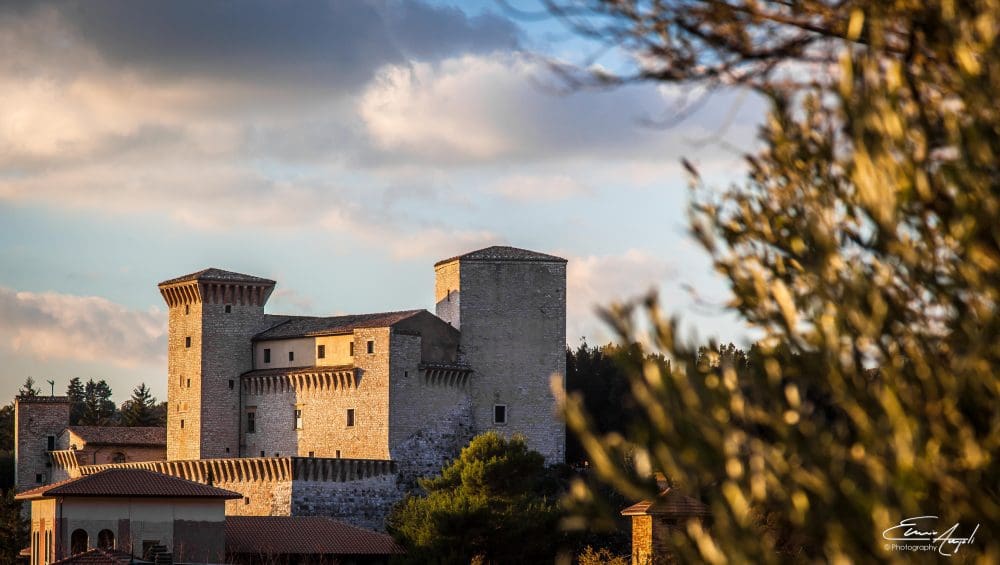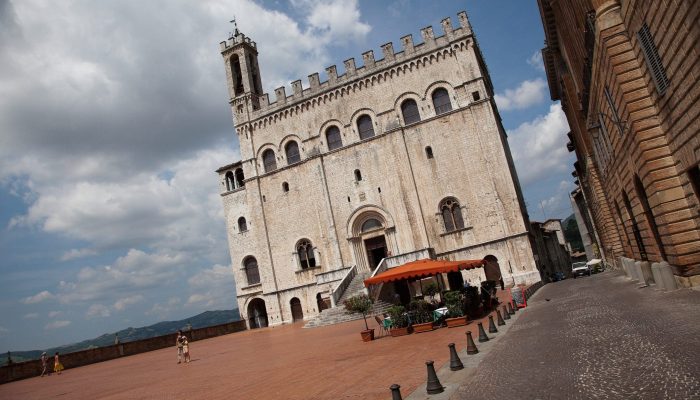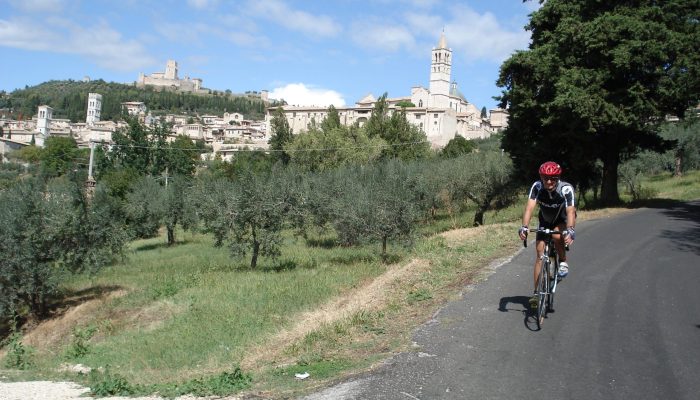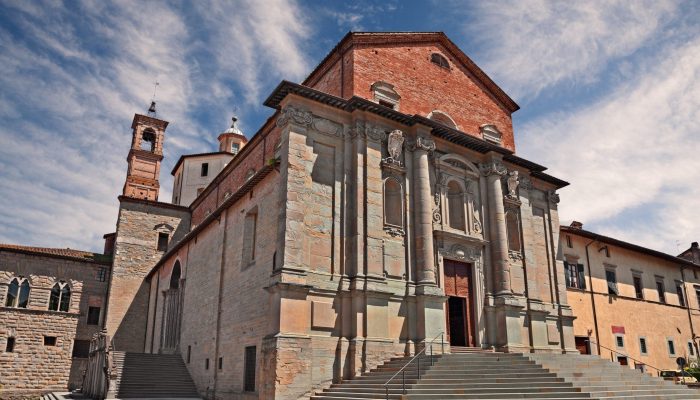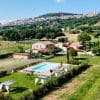Journey into history along the Via Flaminia: discoveries between Umbria and Marche
Journey into history along the Via Flaminia: discoveries between Umbria and Marche
Our itinerary along the ancient Via Flaminia, traced by the Roman consul Gaius Flaminius in 220 BC, will allow you to take a fascinating journey between Umbria and Marche, along routes that have seen armies, pilgrims and merchants pass for over two thousand years.
Starting from the picturesque town of Fossato di Vico. We will continue the journey through green hills and charming Umbrian villages, following the traces left by the Romans, until we reach Acqualagna, the city of truffles. Along the way, we will discover fascinating Roman ruins, ancient abbeys, medieval fortresses and breathtaking views, making each stop an opportunity to explore and reflect.
Let’s get ready to live an unforgettable adventure, between history and nature, along the historic Via Flaminia.
The first stop on our itinerary is FOSSATO DI VICO. Its strategic importance was at the origin of its early development, but also the cause, after the fall of the Roman Empire, of violent clashes and subsequent disputes and dominations throughout the Middle Ages. Of extraordinary beauty are the “Rughe”, a road covered with round stone vaults, a rare example of thirteenth-century castle architecture with a predominantly defensive function.
Not far away we will encounter SIGILLO, the village at the foot of Monte Cucco. Located along the Via Flaminia, it preserves important architectural testimonies, such as the Churches of Sant’Andrea (13th century) and the Church of Santa Maria Assunta di Scirca, in the hamlet of the same name (13th century). Just outside Sigillo, above the Fonturci stream, there is an Augustan bridge, the Ponte Spiano, made of cornelian stone blocks, 32 meters long and 3.25 meters wide at the vault.
The natural environment is certainly the true wealth of Sigillo and the nearby COSTACCIARO, which have made their territory, within the Monte Cucco Park, the ideal destination for lovers of sports tourism, with suggestive bike itineraries and exciting jumps with hang gliding and paragliding.
Continuing our itinerary along the Via Consolare we enter SCHEGGIA E PASCELUPO. The oldest name of Scheggia is Ad Hensem, linked to the events of the Via Flaminia, along which a Roman Temple dedicated to Jupiter Penninus was built. Worth mentioning is the Ponte a Botte, built on the La Foce stream, along the Via Flaminia in the direction of Cantiano (so called for its structure in the shape of a perfectly circular barrel of 22 meters in diameter, also called the Barrel of Italy).
We now leave Umbria to enter the territory of the Marche and reach CANTIANO, the town of black cherries, Borgo Bandiera Arancione Touring where another Roman bridge, in Pontericcioli, awaits us. The elements of nature cradle Cantiano, with Mount Catria towering over it from above and whose mountain water springs provide another fundamental ingredient, together with the barley grown on site, for the production of the excellent Birra del Catria.
After being inebriated by the typical products of the place, we continue our itinerary towards CAGLI, where you immediately notice that Romanity still reigns supreme with its perfectly preserved Ponte Mallio located in the Archaeological Area just a stone’s throw from the historic center. And right in the rooms of the Palazzo Pubblico, another place makes us understand how “Roman” this area of the Marche is: the Archaeological Museum and the Via Flaminia of Cagli.
Finally, we leave Cagli and head towards the GOLA DEL FURLO. Here, nature offers us an unforgettable spectacle: a canyon carved into the rock, with imposing walls that leave us breathless. We walk along the hiking trails, exploring the Roman tunnel, an ancient work of engineering that facilitated the passage on the historic Via Flaminia.
Our journey culminates in ACQUALAGNA, famous throughout the world as the truffle capital. Here, markets and events related to the precious mushroom are often held. It will be possible to visit the Truffle Museum, where you can learn the history and culture of this precious mushroom, and why not do a guided tasting, savoring the local truffle-based specialties.
Our itinerary from Fossato di Vico to Acqualagna, along the historic Via Flaminia, ends with a rich experience of history, nature and gastronomic culture, making every moment of the journey an unforgettable memory.


